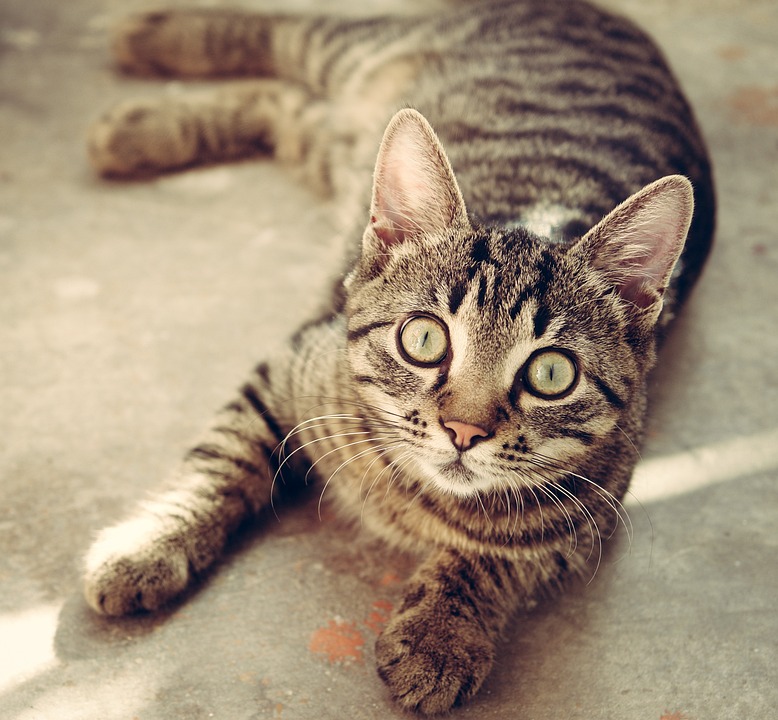Cats are known for their hygiene and cleanliness, so when they start showing signs of dissatisfaction with their litter box, it’s essential to address the issue promptly. A cat’s litter box is crucial for their overall well-being, and any dissatisfaction can lead to stress, behavior problems, and even health issues. In this article, we will explore the signs that indicate your cat isn’t happy with their litter box and provide practical solutions to improve their litter box experience.
Signs Your Cat Isn’t Happy with Their Litter Box:
1. Avoiding the litter box: If your cat starts eliminating outside the litter box, it is a clear indication that they are unhappy with their current setup. This can include urinating or defecating on the floor, furniture, or in other inappropriate areas.
2. Frequent accidents: Even if your cat still uses the litter box, but accidents become more frequent, it suggests that they are not satisfied with the condition or placement of the litter box.
3. Excessive scratching or digging: Cats have a natural instinct to scratch and dig in their litter box. If your cat starts excessively scratching the sides or digging too deep in the litter, it might be a sign of discomfort or displeasure.
4. Avoidance behavior: Cats that become anxious or stressed due to their litter box may start avoiding the area altogether. They may show signs of fear, anxiety, or even aggression when near the litter box.
5. Excessive grooming: Cats are known for their grooming habits, but excessive grooming, especially around the genital area, can indicate discomfort or irritation caused by the litter box.
How to Improve Your Cat’s Litter Box Experience:
1. Cleanliness is key: Regularly scoop your cat’s litter box at least once or twice a day to keep it clean and odor-free. Cats are clean animals and prefer a spotless environment. Additionally, empty and clean the litter box entirely on a weekly basis.
2. Location matters: Ensure that the litter box is placed in a quiet and easily accessible area where your cat feels safe and undisturbed. Avoid high traffic areas or places with loud noises that may startle them while using the litter box.
3. Provide multiple litter boxes: If you have multiple cats, it’s essential to have multiple litter boxes too. The general rule is to have one litter box per cat, plus an extra one. This prevents competition and provides each cat with their own designated space.
4. Choose the right litter: Cats have preferences when it comes to litter. Experiment with different types, such as clumping, non-clumping, scented, or unscented, to find the one your cat prefers. Some cats are also sensitive to certain litter materials, so consider trying natural alternatives like corn or wheat-based litter.
5. Litter box size and style: Ensure that the litter box is spacious enough for your cat to comfortably move and dig. Some cats prefer open litter trays, while others prefer covered boxes for privacy. Test different styles to determine which one your cat prefers.
Frequently Asked Questions (FAQs):
1. Should I punish my cat for litter box accidents?
No, punishing your cat for litter box accidents can worsen the problem and create fear or anxiety around the litter box. Instead, focus on identifying the underlying cause and providing a more suitable litter box environment.
2. What if my cat suddenly stops using the litter box altogether?
If your cat suddenly stops using the litter box, it could indicate a potential health issue. Consult with your veterinarian to rule out any medical conditions before addressing the litter box situation.
3. Is it necessary to change the litter box location?
Changing the litter box location should be done gradually. Sudden changes can confuse your cat and lead to further litter box aversion. If you need to relocate the litter box, do it slowly by moving it a few inches each day until it reaches the desired location.
4. How can I encourage my cat to use the litter box?
To encourage your cat to use the litter box, you can try positive reinforcement by praising and rewarding them with treats whenever they use it correctly. Additionally, you can place their favorite toys or bedding near the litter box to create a positive association.
Remember, a happy and content cat starts with a happy litter box experience. By understanding the signs of dissatisfaction and making appropriate adjustments, you can ensure that your feline companion maintains optimal health and well-being.








